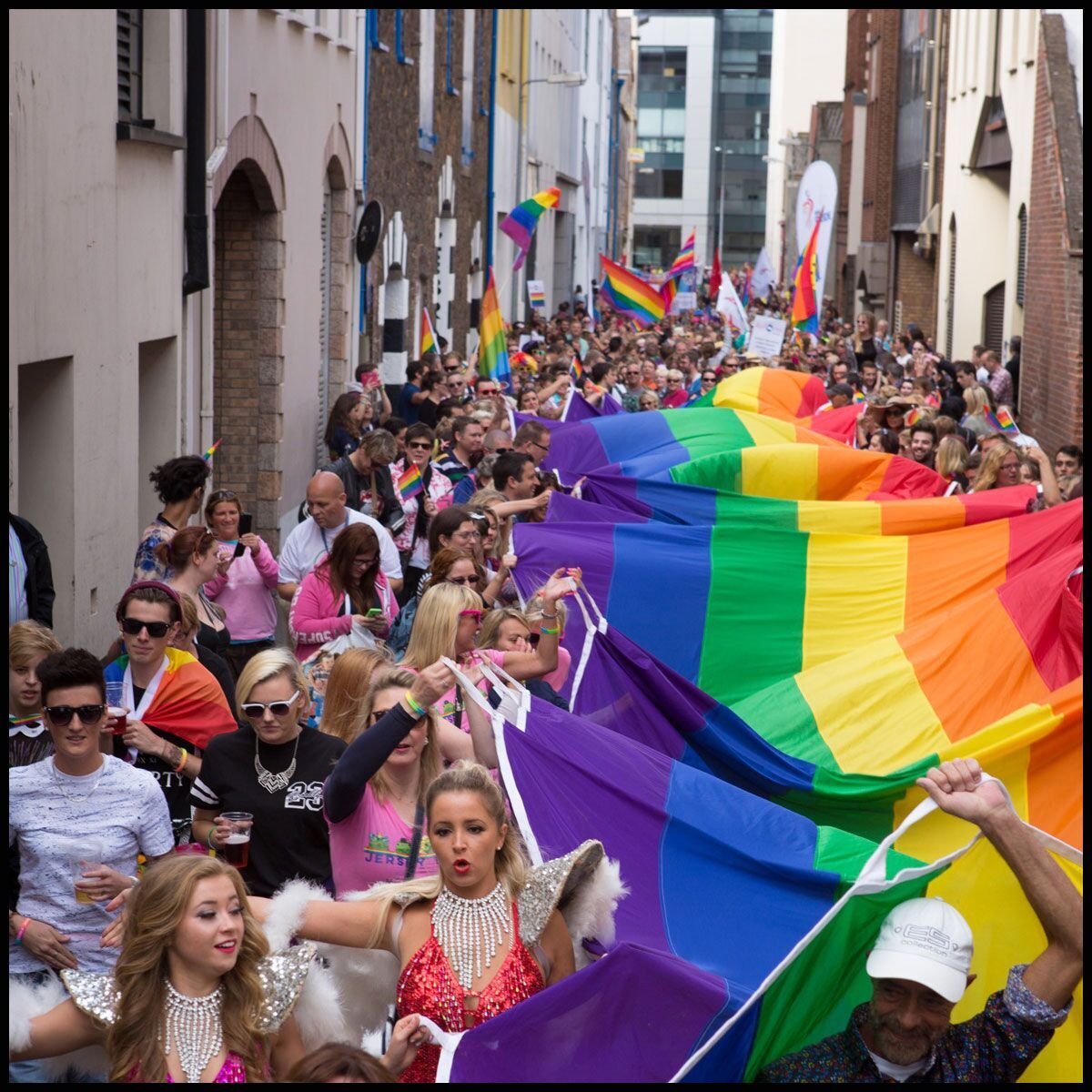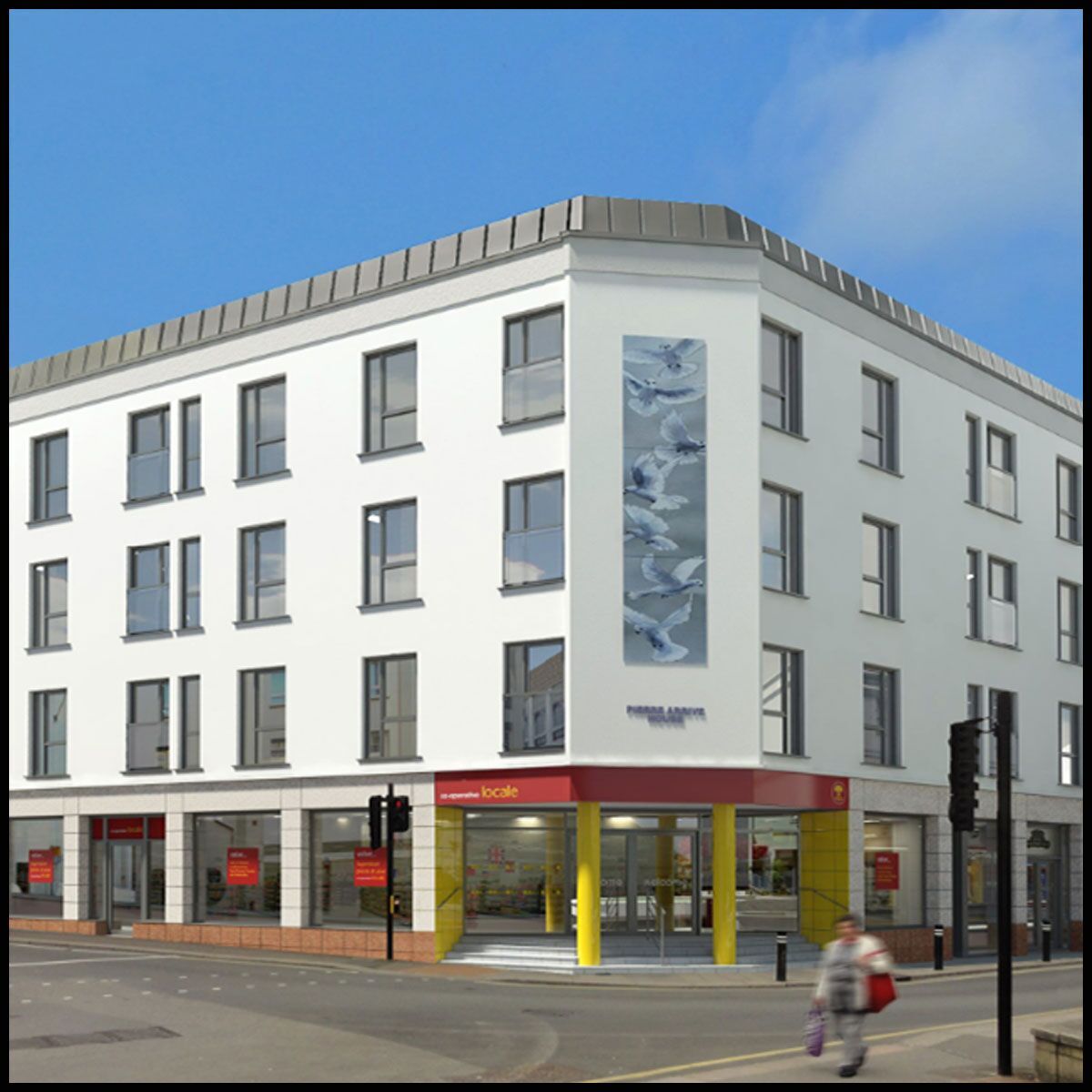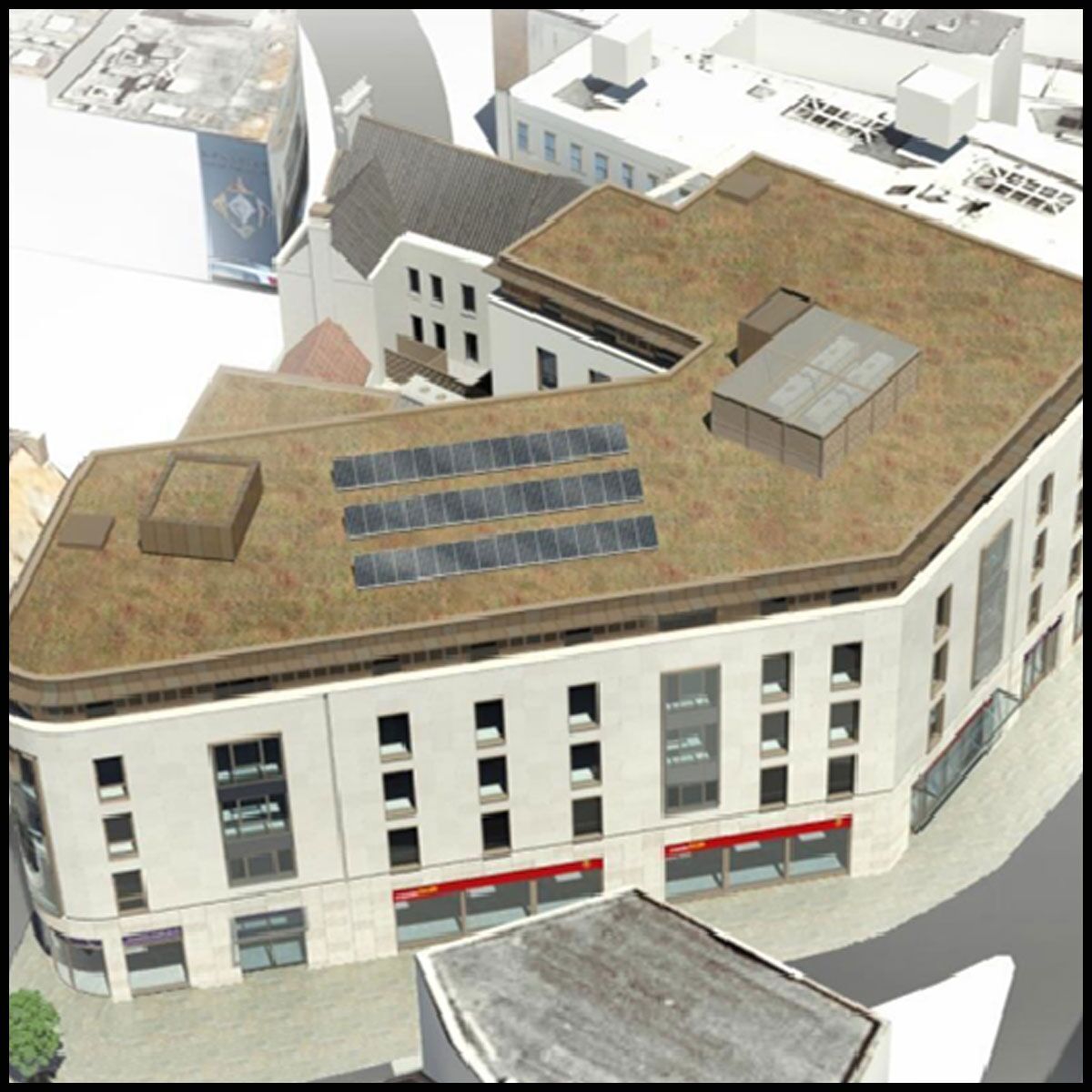The Horse is Long Gone
I’m from a place. We all are. I was born in St Helier. It means something to me. So what makes that place? I think it’s a combination of identity and community.
The heart of our community is our town: a place to work, a place to shop, a place to live, a place to meet, a place to spend our leisure time.
The focal point of our town is our high street. And our high street is important. It is our economic engine, providing jobs and essential services. But its future is uncertain. The BHS and Austin Reed closures, the planned relocation of Next, empty units at Liberty Wharf, new retail space at Charing Cross and Halkett Street.


Add to these vacancies the fact that the centre of gravity in St Helier is moving south. The relocation of major financial institutions is sucking life away from the centre. Hotels have closed, the cinema has moved to the Waterfront and parking, the lifeblood of any successful town has been reduced.
And if all that was not enough, consumers, trying to cope with the breakneck pace of life, are filling their baskets from their sofas. They have moved from adapting their lifestyles to the retail offer, to expecting the retail offer to adapt to their lifestyles. Internet shopping has become mainstream. The ‘new normal’. Employment in retail shrunk by around 2% last year – which should be a big cause for concern given that the industry is the second largest employer in Jersey.
Consequently, we will need less space for retail in the future. So, we must acknowledge the overcapacity and obsolescence of what we have.
Don’t worry about the stable door; the horse has long gone.
While the States has made all the right noises to support workers affected by closures, they have sat on an out of date retail strategy for too long. Their existing strategy, researched in 2007 is so far out of date it might well have been from the last century. And it hardly even mentions our town centre.
When the States revisit this strategy in line with the current priorities of our Council of Ministers, apart from looking more holistically at the drivers of and responses to change, it surely must include leveling the playing field for local businesses that pump money back into the local economy. Our government is the only one I know of that presides over a taxation policy that disadvantages local business in favour of those that provide no economic benefit to Jersey. Admittedly a difficult issue, and potentially expensive to solve, this willful and conscious self-flagellation is simply unsustainable. We are choosing to hurt ourselves.
Strategic thinking means looking at the bigger picture. Places must coexist with cyberspace. Successful physical centres will need to offer a range of experiences and locally responsive services that together create a multifunctional retail, cultural and community offer. It would be incredibly naïve to suggest that the town centre should simply compete for busy consumers.
Making St Helier a more pleasant place to live, work and socialise isn’t just ‘nice to have’ – it’s essential for attracting investment. Doing nothing means falling behind. So, there are some big questions for our town to answer.
- Can it be attractive as a place to live, work or spend time in?
- Can there be things that people want to do there?
- Will it be easy to get to and get around?
Looking beyond our island, out of town shopping centres across Europe are thriving. Why? Well, beyond just providing ‘shopping’, they do away with all the inconveniences of traditional centres. Free parking and Wi-Fi are a given, they are secure, they have common opening hours and collective offers among the retail brands within them. They deal with vacant units professionally, they include leisure and food offers as important drivers of footfall. And they are theatrical, hosting regular events. Can our town learn from these?
We’ve seen how St Helier comes alive when its public spaces are used to celebrate something of meaning. We saw this last year with Pride – the streets were buzzing. Sunday markets and events like the Halkett Hoedown are a move in the right direction too. We need more of this.

And, there are important developments happening. For example our Society’s new Charing Cross development, which will bring people and jobs back into the centre. And our reuse of a redundant office building in Colomberie, providing new retail space and much-needed homes. These will help.


We don’t seem to have learned much from the economic downturn. We need to be less reckless with resources, and make best use of our existing, renewable ones before discarding them. In the built environment that’s our old buildings and our town centre. It can seem easier to go for the new and shiny over repairing the old. But our existing town has an infrastructure of roads and sewers, transport and parking, all needing maintenance and capable of improvement; so it seems counterproductive to build new places on the edge without strong evidence of a significant demand – and a population policy aligned with this. We are finding finance for all the new concrete, sewers and services they require, while leaving our old buildings to decay.
I was really pleased to see that the Future St Helier presentation included ‘happiness’ as an aspiration. I love this as an umbrella objective. To achieve this, we must acknowledge the connection between place, quality of life, wellbeing and life opportunities.
Access to shops, services, leisure and amenities is essential for social inclusion. Protecting St Helier’s identity and community must be our focus if our town is to continue to be an asset for our Island.
It’s future cannot be left to chance. It simply means too much to too many of us.
Colin
Footnote: I am grateful to my good friend Professor Leigh Sparks, for sharing his thoughts over a beer at a recent conference.
